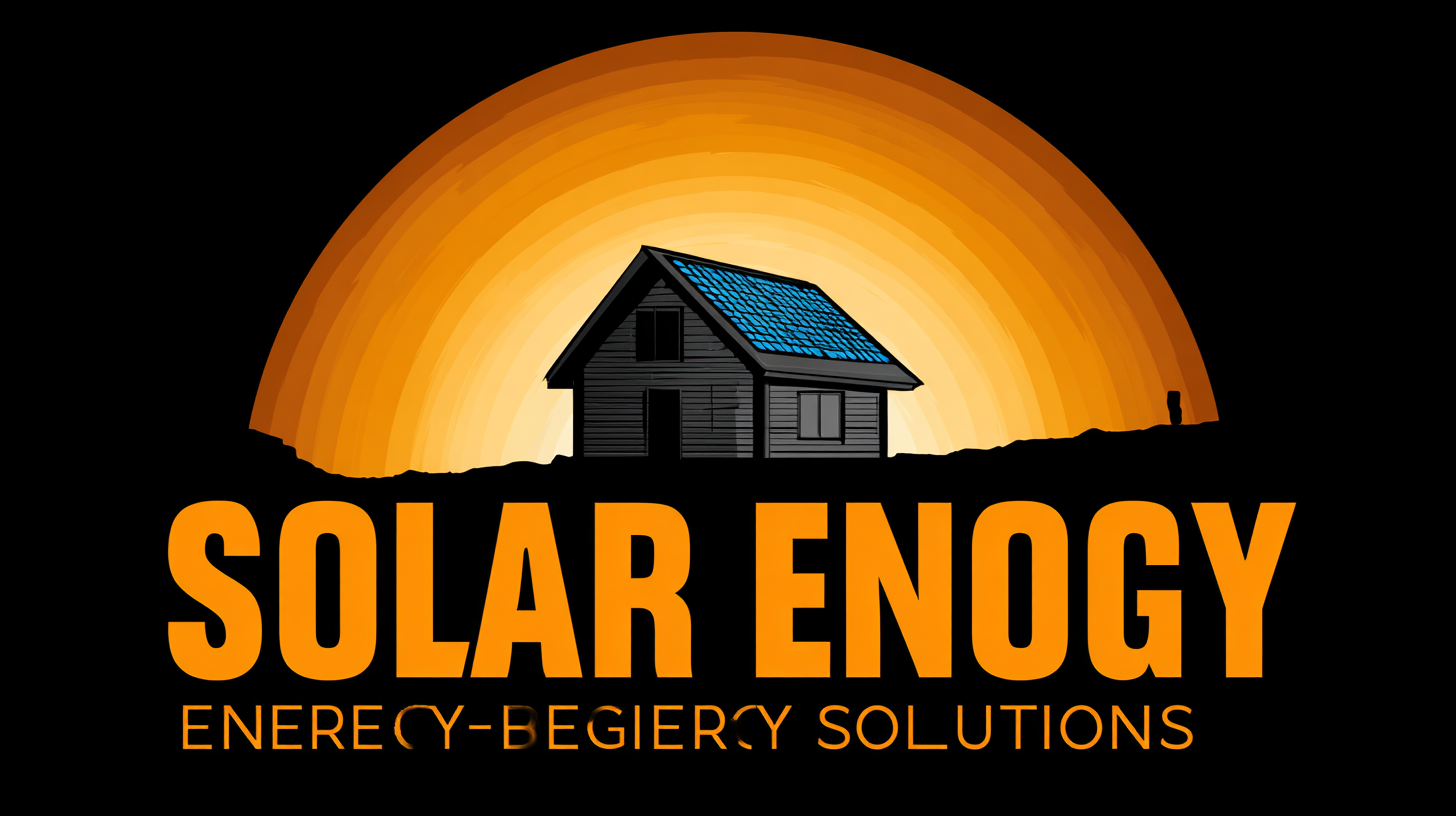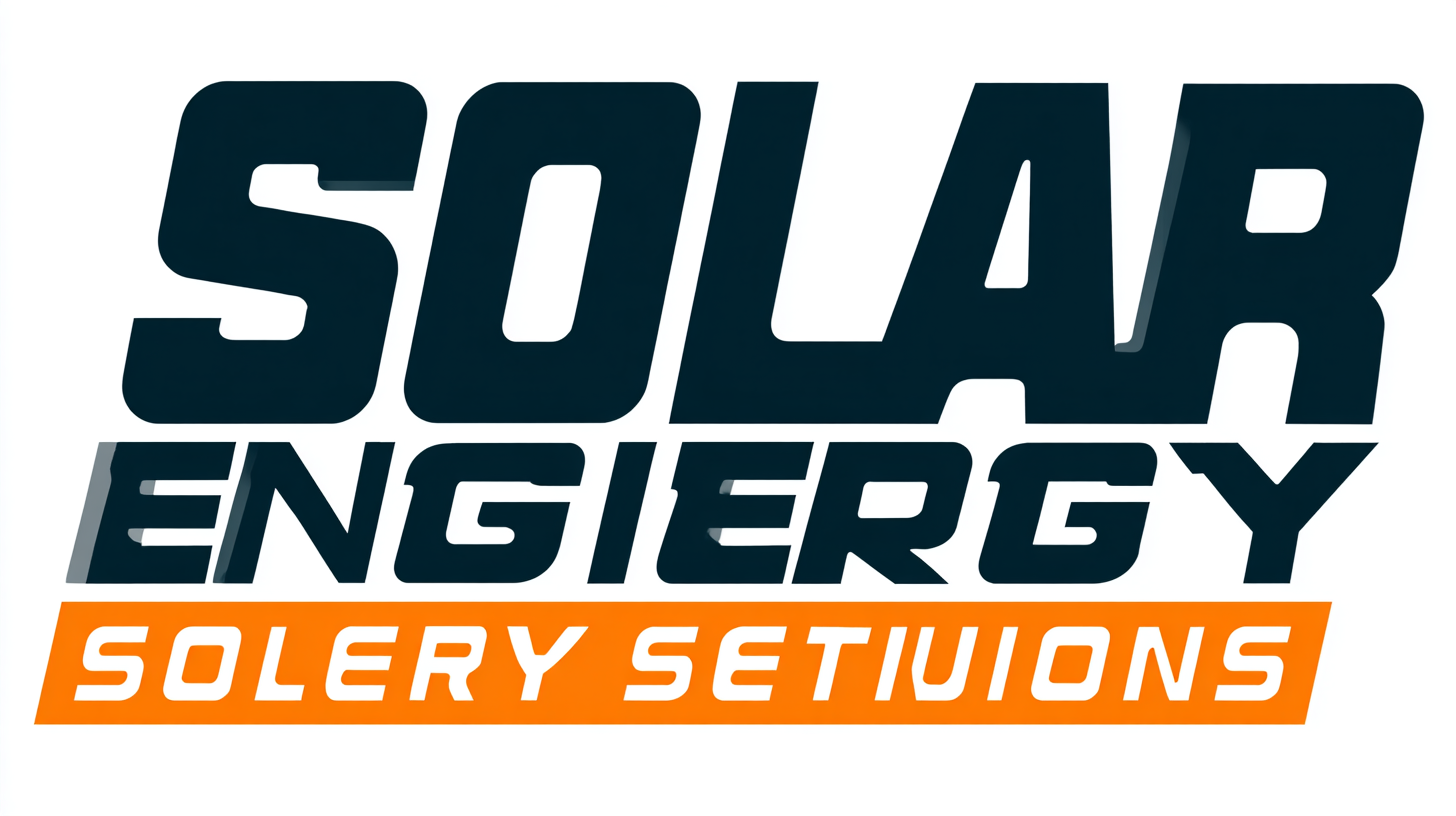
Blog
Unlocking the Advantages of the Best Solar Energy Solutions for Sustainable Living
As the global demand for sustainable living escalates, "solar energy solutions" emerge as a pivotal element in combating climate change and reducing carbon footprints. According to the International Energy Agency (IEA), solar power capacity is projected to increase more than fivefold by 2025, making it the fastest-growing source of electricity. China's robust solar manufacturing sector, recognized as a leader in innovation and export strength, is key to this expansion, providing over 70% of the world's solar photovoltaic (PV) panels. In 2020 alone, China accounted for 10.8% of the nation's total electricity generation from solar energy, highlighting its critical role in achieving sustainability goals. This blog will explore how leveraging superior solar energy solutions can not only empower households and businesses but also drive a collective movement towards a sustainable future.

Understanding Different Types of Solar Energy Systems for Sustainable Living
Solar energy has emerged as a viable solution for sustainable living, with different systems tailored to meet diverse needs. Broadly, solar energy systems can be classified into three main categories: photovoltaic (PV), concentrated solar power (CSP), and solar heating systems. Photovoltaic systems, which convert sunlight directly into electricity, hold a significant market share, expected to reach a staggering $223 billion by 2026, according to a report by MarketsandMarkets. This growth underscores the rising demand for clean energy solutions that reduce dependence on fossil fuels.
Concentrated solar power systems utilize mirrors or lenses to focus sunlight onto small areas, generating high temperatures for power generation. This technology is particularly effective in regions with abundant sunlight, contributing to increased efficiency in energy production. Reports from the International Energy Agency (IEA) indicate that CSP capacity has the potential to reach 240 gigawatts globally by 2030, highlighting its importance in large-scale renewable energy strategies.
**Tips**: When considering solar energy systems, evaluate your location's solar potential using resources such as the National Renewable Energy Laboratory's solar maps. Additionally, assessing both upfront costs and long-term savings can guide you to the best system for your home. Lastly, staying informed about government incentives can further enhance the financial advantages of transitioning to solar energy.
Unlocking the Advantages of the Best Solar Energy Solutions for Sustainable Living
| Solar Energy System Type | Key Advantages | Typical Applications | Efficiency Level |
|---|---|---|---|
| Photovoltaic (PV) Systems | Direct conversion of sunlight to electricity | Residential and commercial electricity supply | 15-22% |
| Solar Thermal Systems | Utilizes sunlight to generate heat | Heating water and space heating | 30-70% |
| Concentrated Solar Power (CSP) | Uses mirrors to concentrate sunlight to produce steam | Large-scale power production | 20-25% |
| BIPV (Building Integrated Photovoltaics) | Integration of solar technology into building materials | Architecture and design applications | 10-20% |
Key Features to Look for in High-Quality Solar Panels and Inverters
When considering the transition to solar energy for sustainable living, it's crucial to focus on the quality of solar panels and inverters. High-quality solar panels are designed to maximize energy output and efficiency. Look for panels with a high conversion rate, typically above 19%, which indicates their ability to convert sunlight into usable energy effectively. Additionally, consider the warranty period; reputable panels often come with warranties ranging from 25 years to lifetime coverage, ensuring their durability and long-term performance.
Inverters play a pivotal role in your solar energy system, converting DC power generated by solar panels into AC power for home use. It's essential to choose inverters that offer high efficiency ratings, ideally above 95%. Moreover, features such as integrated monitoring systems allow homeowners to track energy production and usage easily. Opt for micro-inverters or power optimizers, which can enhance overall system efficiency by monitoring the performance of individual panels, especially in partially shaded conditions. Investing in these key features will ensure a reliable and efficient solar energy solution that contributes to sustainable living.
Evaluating the Financial Benefits of Solar Energy Solutions
 Investing in solar energy solutions offers a multitude of financial benefits that can significantly enhance sustainable living. One of the most compelling advantages is the reduction in monthly electricity bills. By harnessing the sun's energy, homeowners can see a dramatic decrease in their reliance on traditional power sources, leading to long-term savings.
Additionally, many areas offer incentives such as tax credits, rebates, and net metering programs, which can further alleviate the initial costs associated with solar panel installation, making it an attractive financial investment.
Investing in solar energy solutions offers a multitude of financial benefits that can significantly enhance sustainable living. One of the most compelling advantages is the reduction in monthly electricity bills. By harnessing the sun's energy, homeowners can see a dramatic decrease in their reliance on traditional power sources, leading to long-term savings.
Additionally, many areas offer incentives such as tax credits, rebates, and net metering programs, which can further alleviate the initial costs associated with solar panel installation, making it an attractive financial investment.
Moreover, solar energy systems increase property value, providing homeowners with an asset that appreciates over time. Studies have shown that homes equipped with solar panels often sell at a premium compared to those without. This not only assures a return on investment but also highlights the growing consumer preference for energy-efficient homes. As utility rates continue to rise, the fixed nature of solar energy production allows homeowners to shield themselves from future price increases, making solar solutions not just environmentally friendly but economically wise as well.
Essential Maintenance Tips for Maximizing Solar Energy Efficiency
Maintaining the efficiency of solar energy systems is crucial for optimizing performance and ensuring a sustainable living environment. Regular maintenance not only prolongs the lifespan of solar panels but can significantly enhance their energy output. According to the National Renewable Energy Laboratory, systems that receive routine maintenance can see efficiency improvements by up to 30%. Simple tasks like cleaning panels and checking for shading can mitigate losses that often go unnoticed.
Another essential aspect of solar energy maintenance involves monitoring the inverter system, which converts solar energy into usable electricity. Data from the Solar Energy Industries Association indicates that an inefficient or malfunctioning inverter can reduce overall system performance by 20% or more. Homeowners are advised to perform regular system checks, ideally on a biannual basis, to ensure that all components are functioning correctly. By implementing these essential maintenance tips, users can unlock the full potential of their solar energy solutions, ultimately contributing to a more sustainable future.
Navigating Government Incentives and Rebates for Solar Energy Adoption
As the world increasingly shifts towards sustainable living, solar energy emerges as a prominent solution. However, many potential adopters hesitate due to upfront costs. Fortunately, various government incentives and rebates can significantly reduce these financial burdens. Understanding and leveraging these incentives is critical for maximizing the benefits of solar energy systems.
**Tip 1:** Research available federal, state, and local incentives. Different regions offer diverse programs, including tax credits, rebates, and grants. Websites like the Database of State Incentives for Renewables & Efficiency (DSIRE) provide a comprehensive overview of available options tailored to your location.
**Tip 2:** Consider financing options that utilize these incentives. Many solar installation companies offer financing plans that allow you to pay over time while benefiting from lower installation costs through government programs. This strategic approach can make solar energy more accessible while maintaining your budget.
By actively exploring the options provided by governmental support, consumers can embrace solar technology with confidence, creating a more sustainable future at a lower financial risk.
